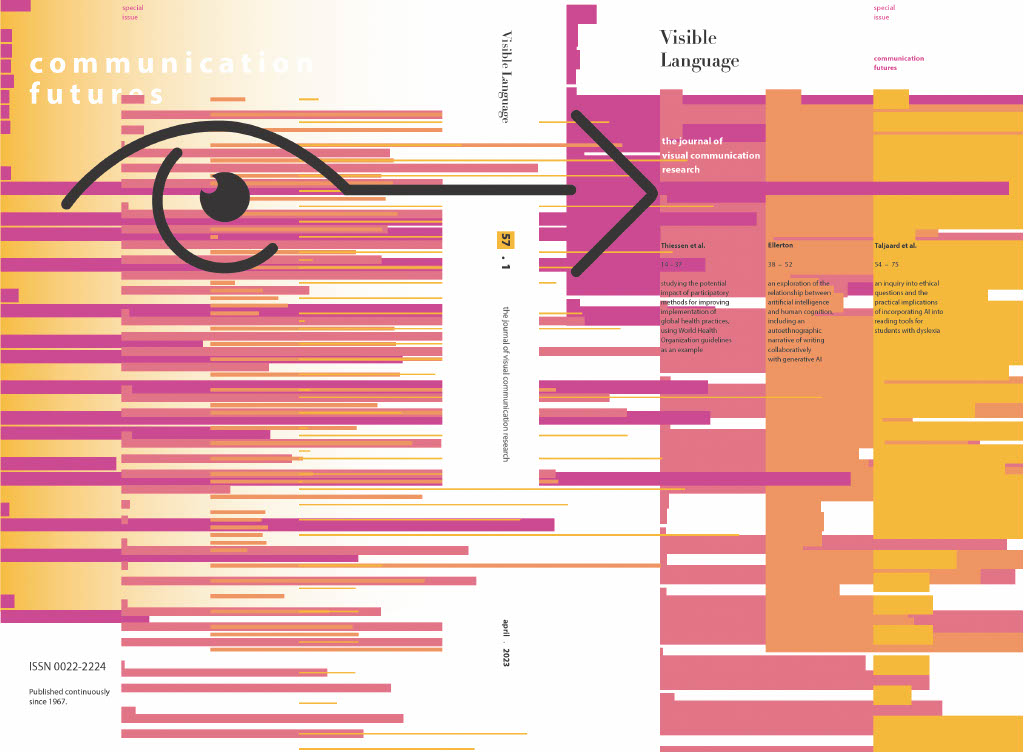The Human and Machine
Google, Google Docs, Grammarly, Quillbot, OpenAI, and OpenAIChatGPT Duration: 22:76:00 / 4552 words1
DOI:
https://doi.org/10.34314/3kvkgp44Abstract
This paper is a methodological exploration of human-AI collaboration in academic writing and publishing. Using critical autoethnography, the author engages in a process of becoming with the technologies and, because of this, shows us ways of embodying change. The narrative weaves together the mutually influential relationship between personal experience, the happenings of culture, and emerging AI technology. It is a tracing of practice, a way of thinking with and through—asking questions about and acting on—these experiences and happenings. In the context of communication futures, theory is not a static body of knowledge or an autonomous set of ideas, objects, or practices. Instead, theorizing is an ongoing, fluid process that links the concrete and the abstract, thinking and acting, aesthetics and criticism. (Holman Jones 2016, 229)
Credited solely to the author, this piece provides a case study of academic writing developed with the unwavering assistance of Artificial Intelligence (AI). What remains hidden from the reader is the back-and-forth interaction between the author and the AI assistant—these interactions typically involve the author asking the machine to comment on fluency, so that the author can then make micro-adjustments to things such as spelling, grammar, and sentence structure. On occasion, it involves learning about paraphrasing by observing how the AI paraphrases. In the final manuscript, this level of interaction is not visible because it would disrupt the reader's flow and comprehension, as well as obscure the author's intent. There are instances, however, where the dialogue is less entangled, which allows the author to italicize their prompts to the machine and the machine's responses to be highlighted. In addition to AI technologies, uncertainty is engaged with as ‘generative technology’ for imagination, experience, and action. (Akama, Pink, and Sumartojo 2018, 46) By embracing both uncertainty and AI in practice, the author seeks to better understand how emerging technologies might serve to support, limit, and enhance the author’s ability to write about their practice.
This article hypothesizes that communication futures will involve collaboration between humans and human-AI technologies and that the significance of critical thinking and creativity will remain pertinent. It also proposes that to produce thoughtful, contextually appropriate, and non-biased outcomes, we must embrace collaborative mindsets and adopt respectful, participatory, inclusive, and diverse processes that build capability.

